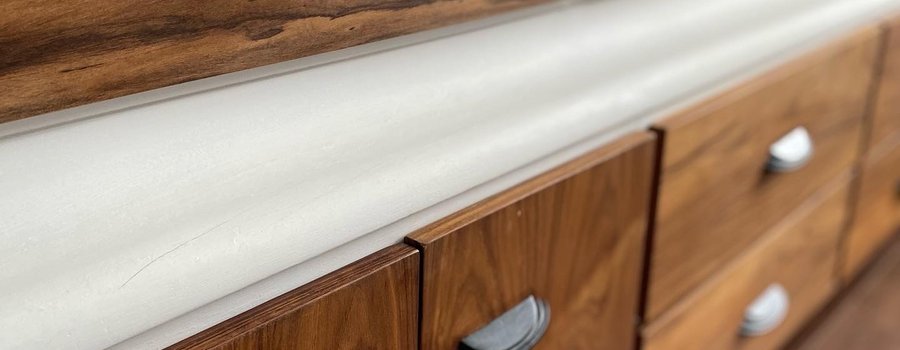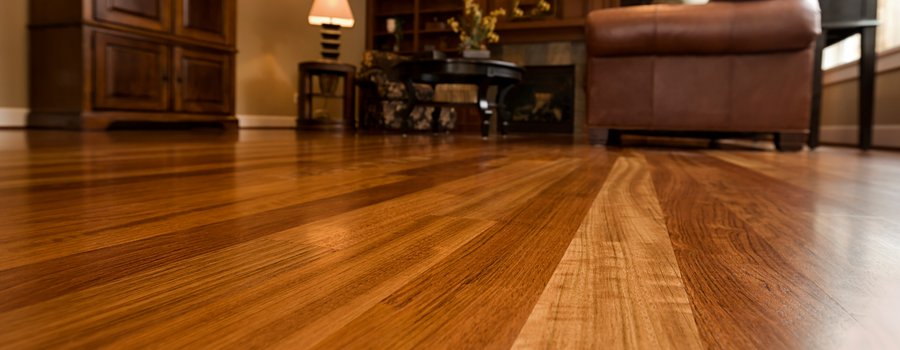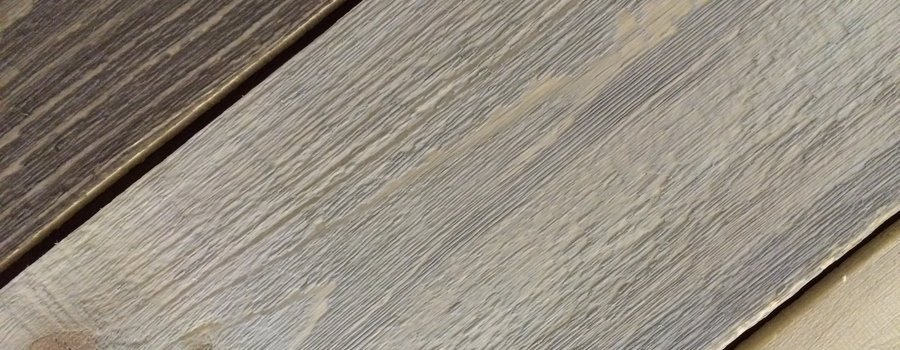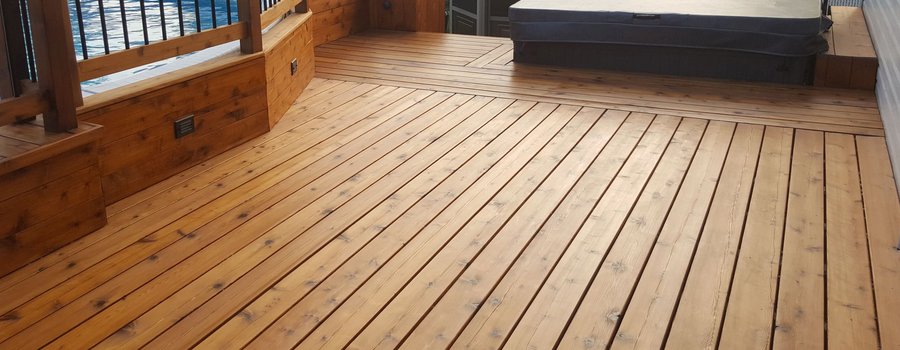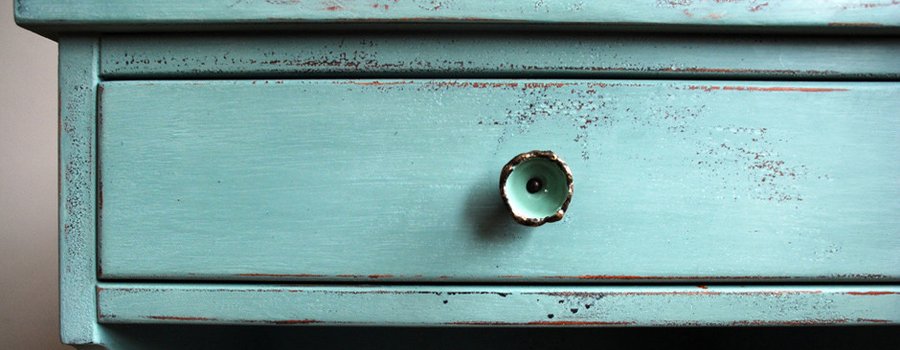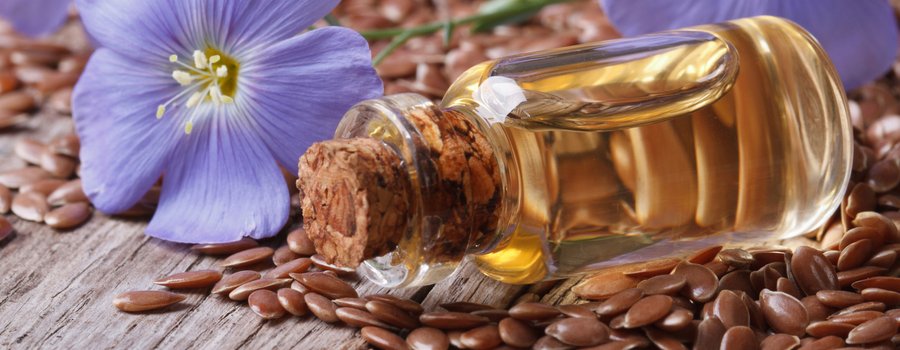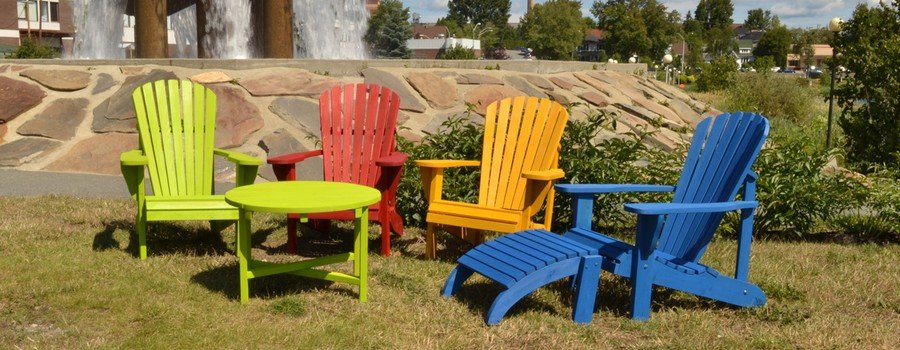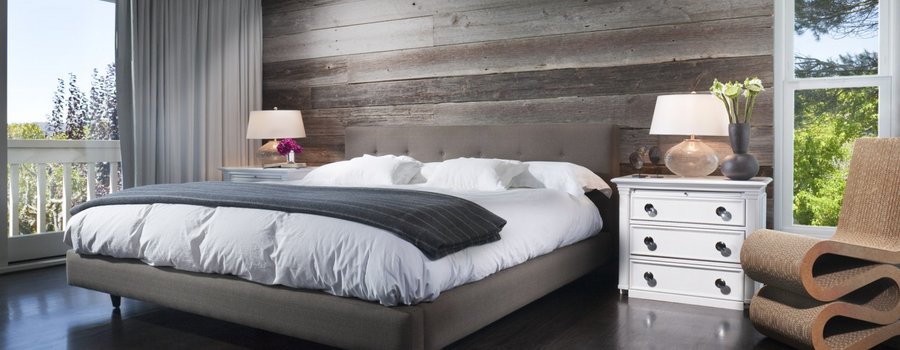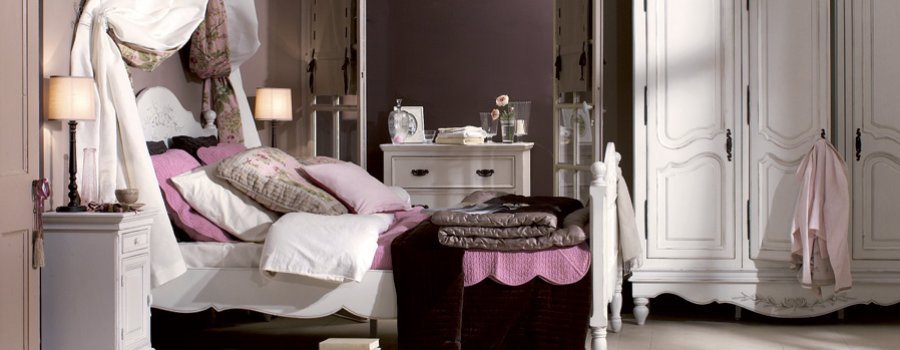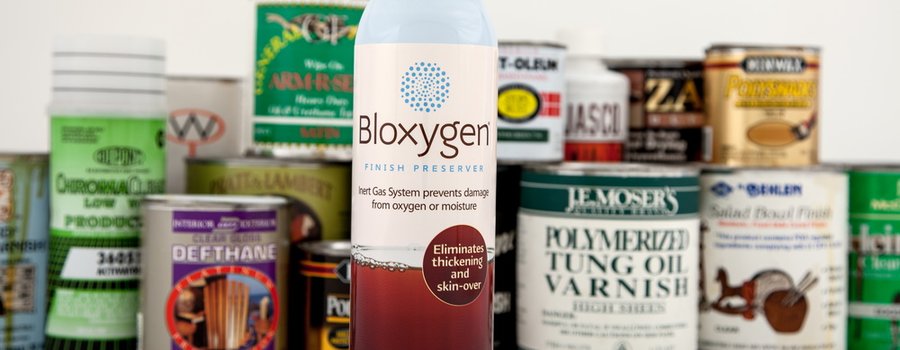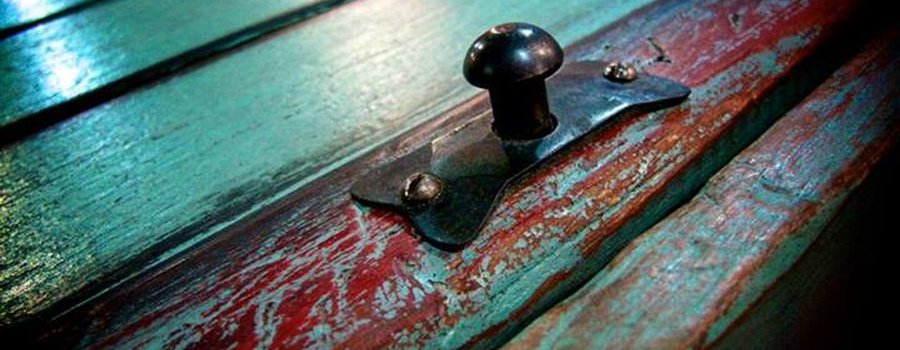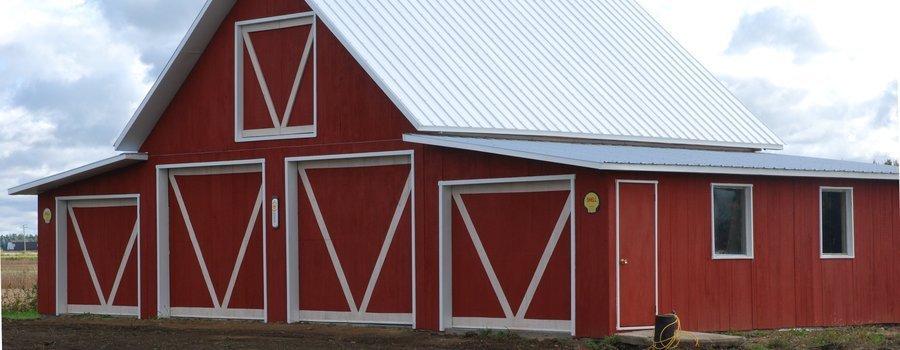
Posted on January 29, 2014 | Updated on March 3, 2023
You'll find thousands and thousands of tutorials and products to help you finish, protect and maintain wood food surfaces on the web, may it be cutting boards, butcher blocks or other surfaces where food is cut. The information and advice given varies so much from one site to another that it’s difficult to figure out which advice to follow! While some swear by mineral oil, specialty products (which are often quite expensive) or mixtures made from waxes and oils, Ardec recommends two rather simple, yet environmentally friendly solution, that offer an impressive protection and deserve to be better known...
